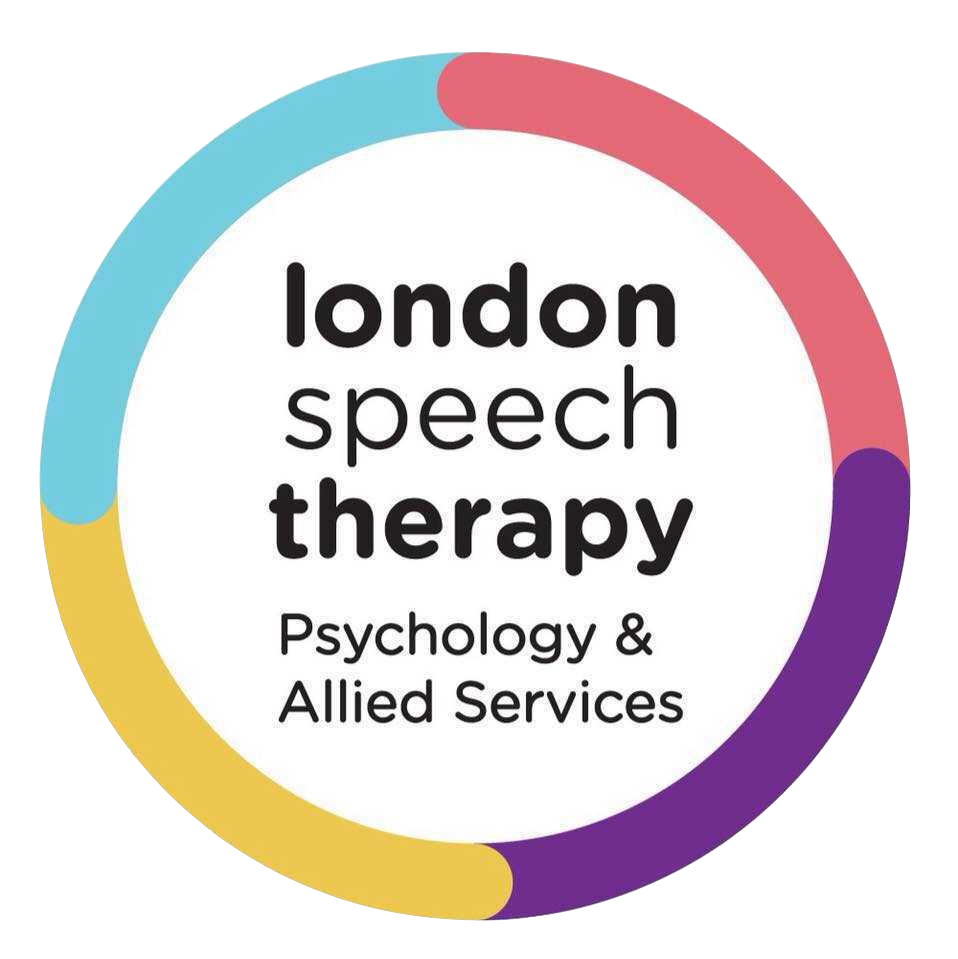Joint Attention and Autism Explained
When two people are both focussed on the same thing, it is known as joint attention. It doesn’t matter what they’re focussed on (it could be a person, an object, an event, even a concept) just that they’re sharing a common focus. It’s an important part of the way people communicate, and helps us to develop social skills like bonding and being able to see another’s point of view. In children, joint attention is also an important tool in helping them ensure their needs are being met.
Joint attention involves people gaining, maintaining and shifting attention. It relies on shared gaze (both parties visually focussing on the same thing) as well as gesture to be successful, and a child’s early joint attention skills can be an important predictor of their future language development.
Typically, you would first start to notice joint attention happening between a child and their parent. Things like a baby smiling, reaching to be picked up, pointing at a toy, or focussing on the correct page in a book are all early types of joint attention. After all, children learn to communicate non-verbally long before they learn to communicate using words! For children with autism these activities can be difficult as they lack the social skills necessary to gain and maintain focus with another person.
Does a Lack of Joint Attention Mean My Child Has Autism?
Children with autism are often more interested in and engaged with their own thoughts and sensations, so a lack of reciprocity or joint engagement can be a red flag for parents. However, difficulties with joint attention don’t always mean autism, but do get in touch with us here at London Speech Therapy if you are at all concerned about your child’s development.
Practicing Joint Attention with a Child with Autism
The best way to help a child improve their joint attention skills is by modelling them. Whilst things like shared gaze may not come naturally to a child with autism, you can show them where to direct their gaze by using gestures such as pointing along with your own gaze. Sometimes it can help to add a visual cue, such as pointing to your eye and ‘drawing’ a pretend line from your eye to the object you would like them to focus on. It also helps to use objects that a child is familiar with and shows an interest in.
Timing is also important when it comes to practicing joint attention. Many children with autism feel more comfortable with consistent routines, so incorporating your practice into daily tasks such as eating or washing can work particularly well. Most importantly, keep in mind what an important skill joint attention is for communication, so don’t give up!
Therapeutic Techniques to Improve Joint Attention
At London Speech Therapy, we have a wealth of experience of working with children with autism, and our specialist speech and language therapists use a number of approaches to improve joint attention.
To find out if your child could benefit from a personalised course of speech and language therapy, get in touch to arrange an assessment by using the form below or give us a call on 020 3475 2189.
